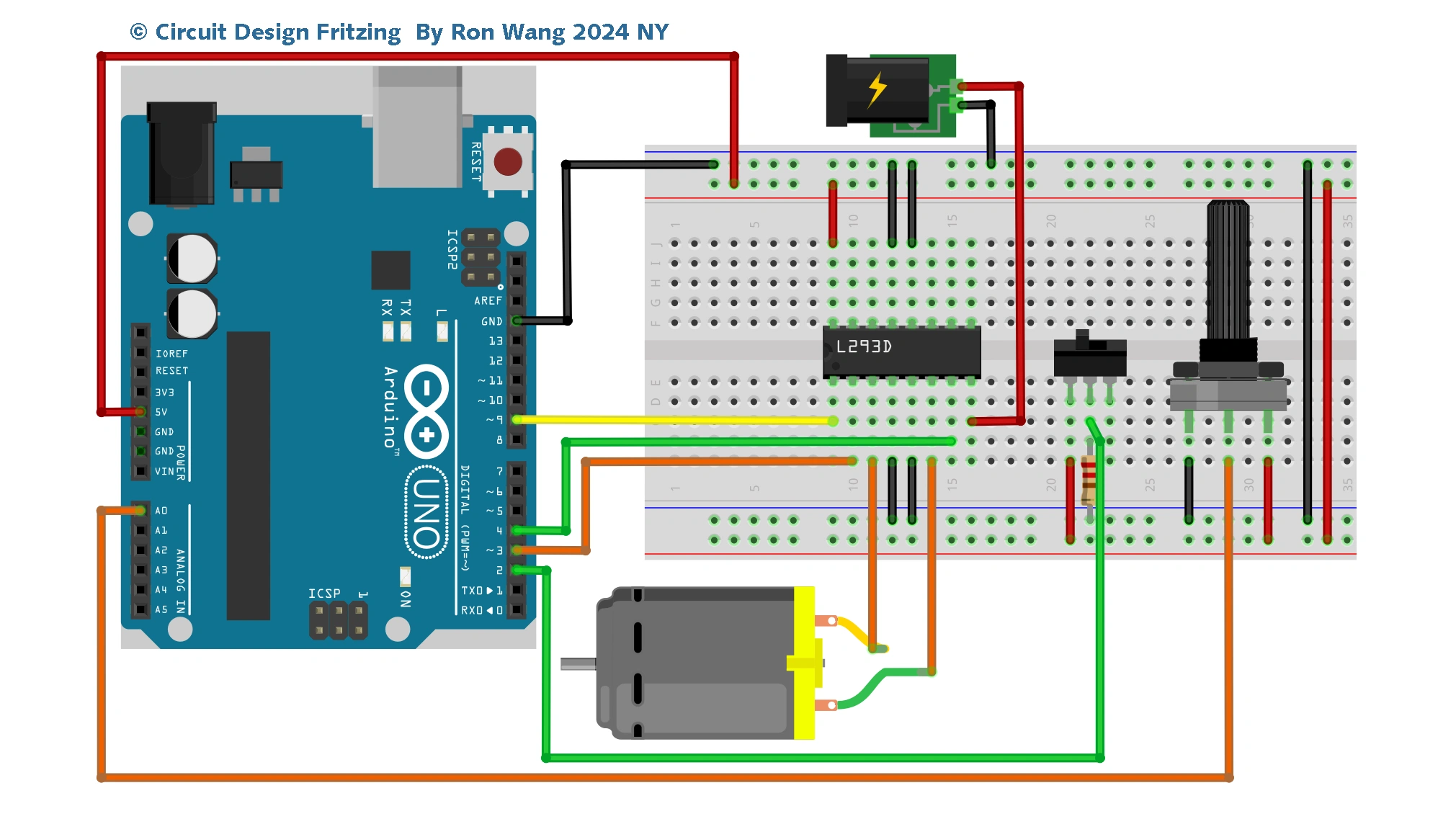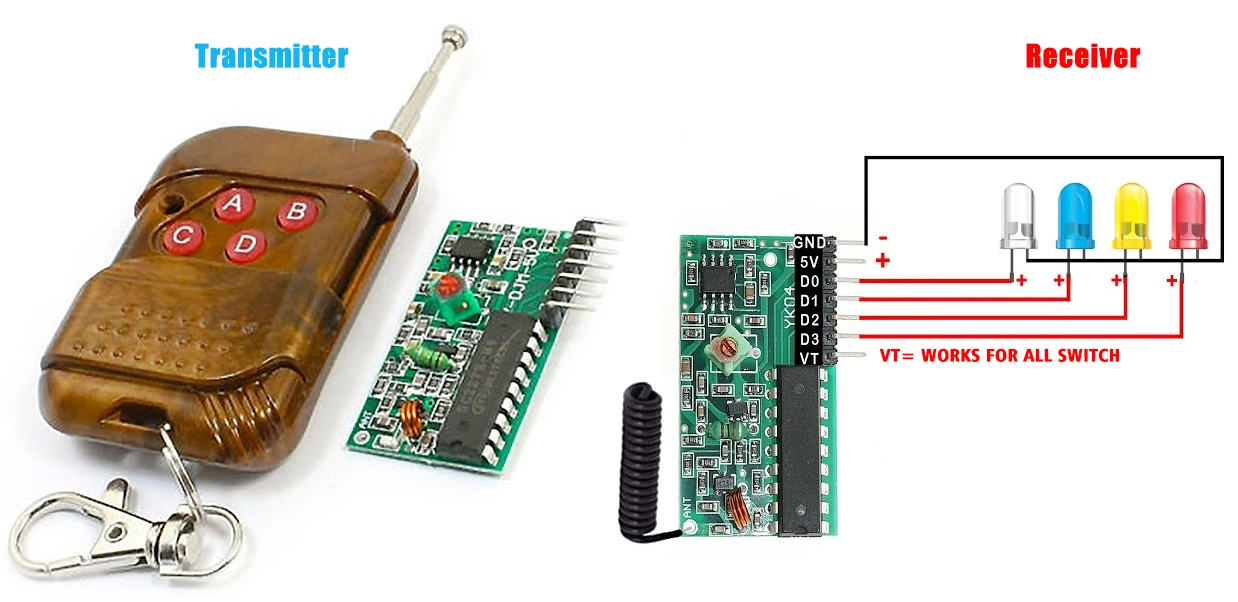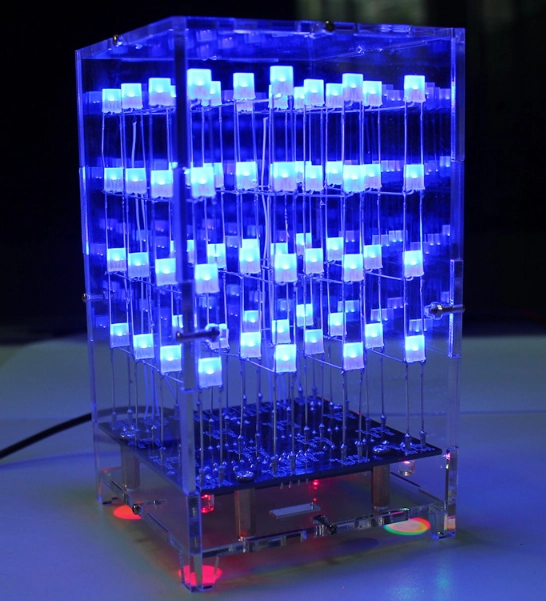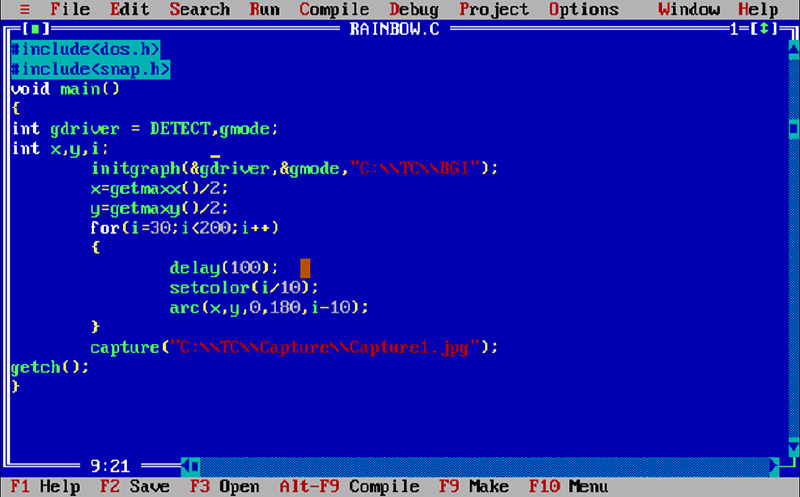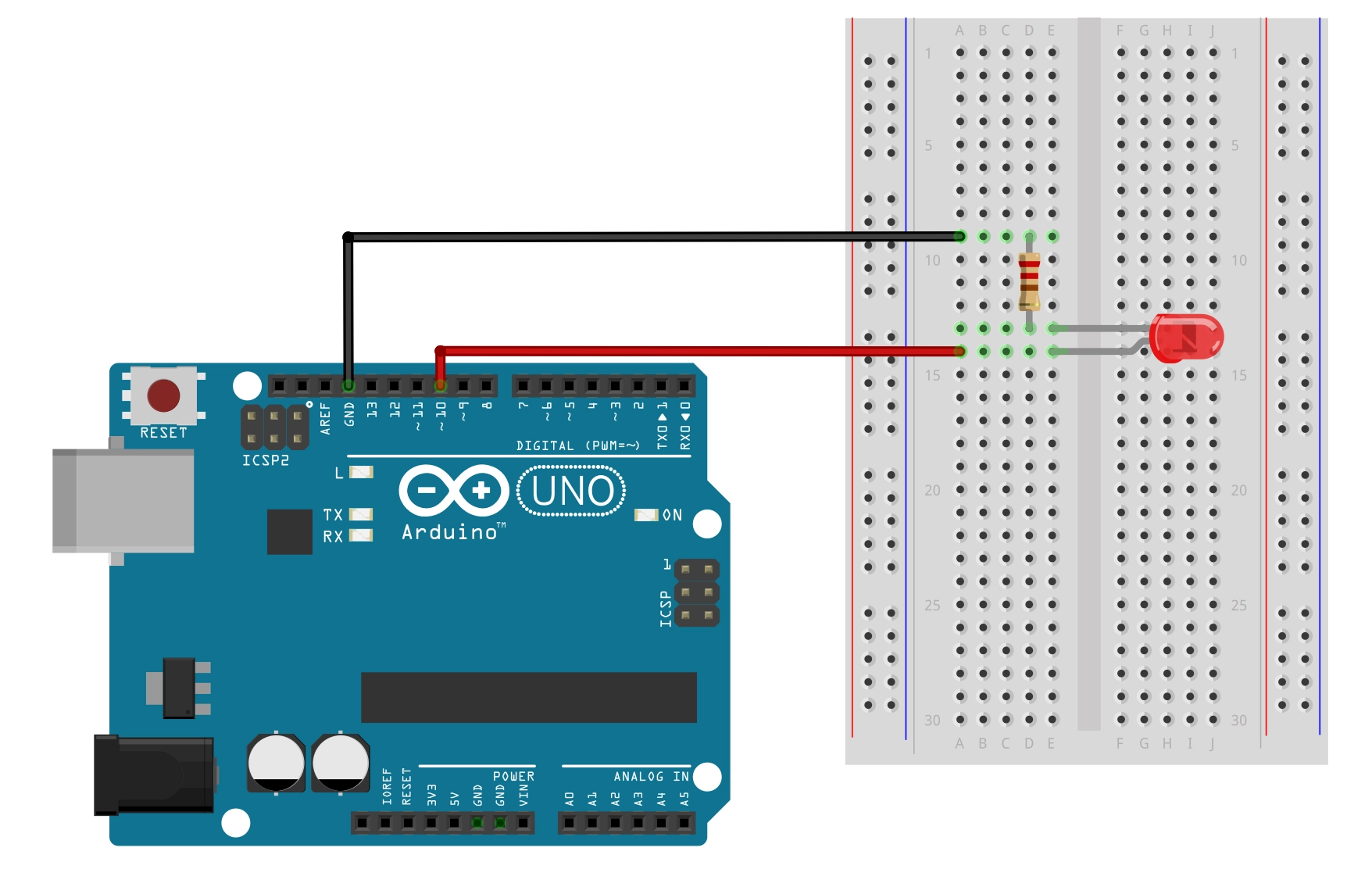Guide to UL Wire Specifications & Standards
Who is UL ?
The UL enterprise is a global private safety company headquartered in Northbrook, Illinois, composed of three organizations, UL Research Institutes, UL Standards & Engagement and UL Solutions.
Established in 1894, the UL enterprise was founded as the Underwriters' Electrical Bureau (a bureau of the National Board of Fire Underwriters),and was known throughout the 20th century as Underwriters Laboratories. On January 1, 2012, Underwriters Laboratories became the parent company of a for-profit company in the U.S. named UL LLC, a limited liability company, which took over the product testing and certification business. On June 26, 2022, the companies rebranded into three distinct organizations that make up the UL enterprise.
A global leader in applied safety science, UL Solutions transforms safety, security and sustainability challenges into opportunities for customers in more than 110 countries. UL deliver testing, inspection and certification services, plus software and advisory offerings that support our customers’ product innovation and business growth.
UL certification Marks serve as a recognized symbol of trust in UL customers’ products and reflect an unwavering commitment to advancing our safety mission.
History
Underwriters Laboratories Inc. was founded in 1894 by William Henry Merrill. After graduating from the Massachusetts Institute of Technology (MIT) with a degree in electrical engineering in 1889, Merrill went to work as an electrical inspector for the Boston Board of Fire Underwriters. At the turn of the twentieth century, fire loss was on the rise in the United States, and the increasing use of electricity in homes and businesses posed a serious threat to property and human life.
In order to determine and mitigate risk, Merrill proposed to open a laboratory where he would use scientific principles to test products for fire and electrical safety. The Boston Board of Fire Underwriters turned this idea down, perhaps due to Merrill's youth and relative inexperience at the time.
In May 1893, Merrill moved to Chicago to work for the Chicago Fire Underwriters' Association. His task was to inspect the city's fire alarm systems. He was also sent to the 1893 World's Fair to inspect the Fair's electrical installations and the Palace of Electricity. In order to determine and mitigate risk in his role as an electrical inspector, Merrill found it necessary to conduct tests on building materials and electrical components. Upon seeing a growing potential in this field, Merrill stayed in Chicago to found Underwriters Laboratories. He received initial funding from the Chicago Fire Underwriters' Association and the Western Insurance Union, a local insurance organization. With $350 of equipment, he opened a small laboratory on the third floor of a local fire insurance patrol station, signing UL's first test report on March 24, 1894.
UL Wire Specifications Explained
These are the UL wire standards that matter most to industrial electronic designs:
Voltage rating
Temperature rating
Flame test
Special criteria
There’s also a dedicated UL 758 standard for appliance wiring we’ll cover below.
It’s challenging to sort through the hundreds upon hundreds of UL wire types, plus the array of UL tests for various use cases.
Common Industrial & Commercial Wire Types
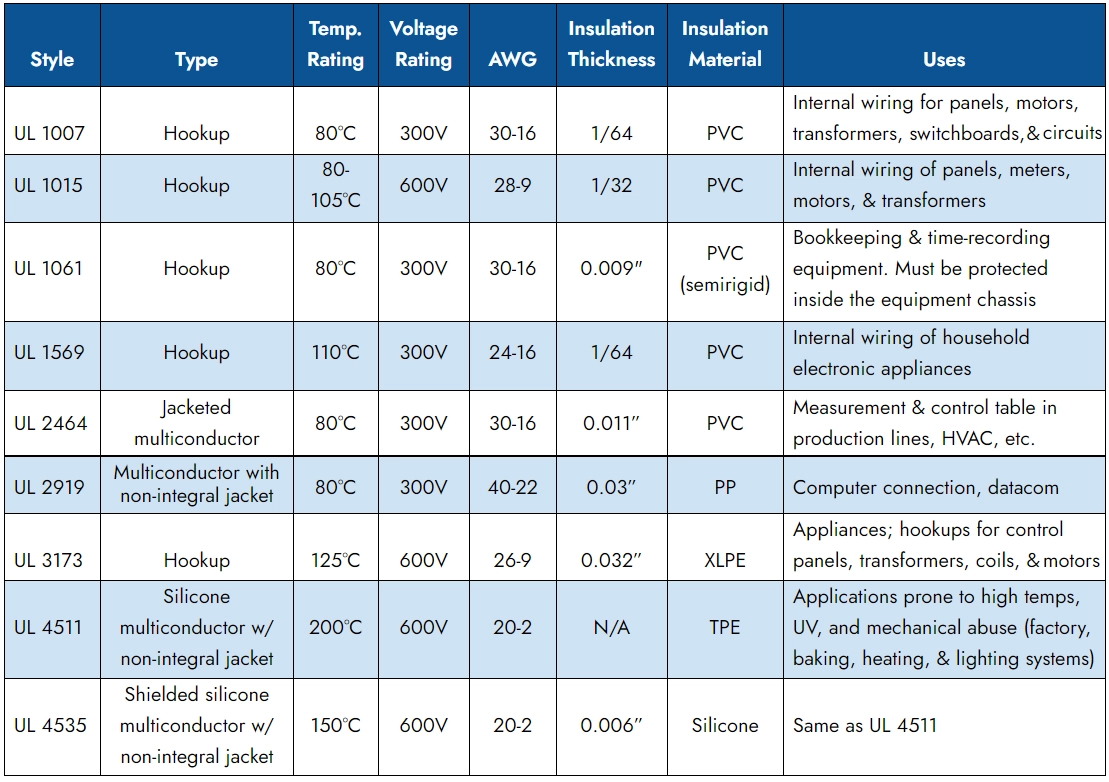
AWG (American wire gauge) is important to keeping the integrity and performance of the wire on track. For example, excessive current flow can damage an amplifier, while a lack of voltage could prevent optimal performance.
Insulation thickness plays a huge role in a cable's electrical performance. A thicker insulation layer blocks the heat radiation that can short-circuit or burn a cable. In general, the more electrical power your application needs, the thicker cable insulation you'll need.
Insulation material determines the level and type of protection a wire receives. Depending on the application, wire insulation may need to resist extreme temperatures, flames, moisture, chemicals, mechanical stress, or other factors.
We'll cover temperature and voltage ratings separately below.
UL 758 for AWM
UL 758 deserves its own section because it's a big part of so many industrial wiring solutions. This standard is solely for appliance wiring material (AWM) in factory and production settings, laying out specs for suitable single-conductor, multiconductor, and fiber-optic materials. The wiring is usable:
Internally, within the enclosure – only requires insulation
Externally, interconnecting appliances – sheathed for UV, oil, & moisture resistance
As components, in multiconductor cables
All wires in this category can withstand at least 60°C heat, though some can survive in much hotter climates.
Appliance wiring material isn't just for factories. It's a category that covers a huge swath of wire and cable products.
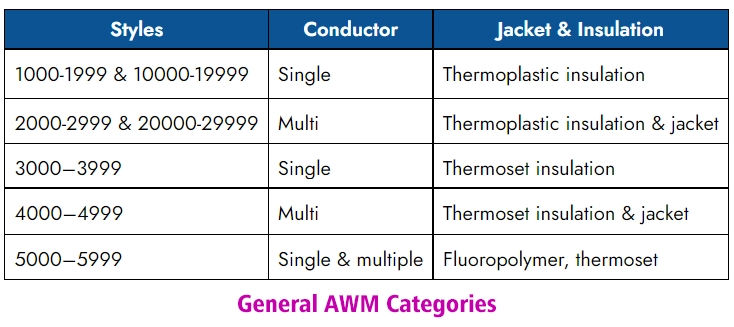
UL assigns a different AWM number for each approved wire and cable type and publishes a “style page” (example here) outlining the build of that product. The information provided includes voltage range, temperature rating, insulation type and thickness, shielding, and conductor stranding.
4 Types of UL Wire Specifications & Ratings
Now, on to the key specs to watch out for in evaluating wires:
1. Voltage Rating
Unsurprisingly, voltage rating is one of the most important UL wire specs for evaluating suitability for a particular application.
Voltage rating indicates the maximum continuous current a wire can carry without sustaining damage or becoming a safety hazard.
The rating is based on:
Insulation material
Operating temperature
Wire gauge
Ignoring a wire’s voltage rating can result in overheating, degraded insulation, and other safety and performance issues.
The spark test is a well-known way to measure a connection’s safety. This inline voltage check typically happens during the manufacturing and rewinding phases of a cable’s life. It’s primarily used for low-voltage insulation and medium-voltage nonconductive jacketing and sheaths.
2. Temperature Rating
All UL-rated wires carry a temperature rating for dry locations. Some have a second rating for temperature in wet locations.
Wire temperature ratings determine the maximum how hot a wire’s working environment can be without it degrading or becoming a fire hazard.
UL uses two main criteria for wire thermal ratings:
Insulation material – determines max temp wire can withstand without breaking down
Installation environment – accounts for exposure to heat from nearby equipment and sunlight
UL uses a variety of testing methods to determine wire temp ratings:
Thermal aging – monitors degradation of insulation over a long period when exposed to heat, cold shock, mechanical stress, & humidity
Insulation resistance testing – measures ability to resist current flow over product’s lifetime
Flammability testing – more below
The higher its temperature rating, the better a wire is at withstanding heat. can safely withstand. However, using a wire with a rating of 105°C can be a waste of money if your project’s end-use environment will never surpass 60°C.
3. Flame Test Requirements
A burning wire is, obviously, pretty problematic. They can produce a surprising amount of:
Smoke
Heat
Harmful fumes
Falling flaming material (called “burning droplets”)
UL can provide two types of fire tests for cables and busways:
Resistance to fire – Evaluates a cable’s degradation and burning in a fire environment, including fires involving water and mechanical shock hazards.
Reaction to fire – Measures a cable’s behavior if it actually catches fire, including vertical flame growth, smoke emission, and acidic gas emission.
UL’s flammability standards for wiring products is a bit of a tangled mess. Your application will determine which ones you should worry about:
UL 1666 – Also called the riser cable flame test, it measures the flame height on cables vertically installed in shafts or multi-floor runs
UL 1685 – Analyzes flame spread and smoke release in industrial control and power cables in a vertical test chamber
UL 1061 – A small-scale, vertical flame test for appliance wiring cables carrying currents up to 500W
UL 910 – A flame-spread test necessary for all plenum cables in a building’s tight, air-circulated spaces
4. Special Criteria
It’s rare that UL rates every industrial wire for every situation, because some products are clearly not intended for those situations.
Depending on your project, you may need to meet more niche UL wire and cable standards for these environmental factors:
Outdoor – Resistance to moisture, wind, dust, etc.
UV – Has a metallic or suitable nonmetallic cover to repel direct radiation from the sun
Cable tray use – Endurance when exposed to flames, mechanical stress, and extreme temperatures
Oil – Exposure to oil at up to 60°C
Gasoline – Exposure to liquid and vapor gas and similar solvents
Direct burial – Able to be buried in the earth
Submersible pump – Use in submersible or non-submersible pumps
Other – Uses, exposures, and build features other categories don’t cover
Material type and thickness of protective layers are the top factors in a wire succeeding or failing in these environments.
Other UL Tests by Wire/Cable Type
Electric industrial wires couldn’t be further from “one-size-fits-all.” They serve nearly every market in existence, so there are a wide variety of standards necessary to cover the seemingly endless use cases.
Some key standards by wire type include:
| UL | Type | Application |
| UL 444 | Communications cables | Telecom |
| UL 817 | Cordsets, supply to power cords | General indoor use, hospital-grade attachment plugs & cord connectors |
| UL 854 | Below- and above-ground power cables | Service entrances, wet and cool environments |
| UL 1072 | Medium-voltage power cables | Utilities, engineering, energy, construction |
| UL1277 | Electrical power, control, & tray cables | Instrumentation, cable trays, raceways |
| UL 1651 | Fiber-optic cable | HVAC, control, communications |
| UL 2237 | Multi-point interconnection power cable assemblies < 600V | Industrial machinery, indoor use, cable fittings |
| UL 2238 | Assemblies, feeder-tap systems, feed-through connectors, multi-outlet fittings, panel-mount fittings, splitters < 600V | Industrial controls |
| UL 2263 | Data & signal cables (up to 1,000V) | Electric vehicle charging stations |
| UL 4127 | Low-voltage battery cable | Surface vehicles |
| UL 4703 | Photovoltaic wire (600-2,000V) | Solar panels |
There are many, many other obscure UL standards for highly specific use cases. All the way down to Christmas lighting.
Spec-Based UL Standards
There are also UL wire standards specifying certain traits of a component(s) of the cable. These determine the materials, dimensions, and other qualities suitable for your wire application: UL44|UL62|UL83

About Labeling
Industrial wire labels help users determine the product's specs before installation.
Different wire types come with different requirements for their marking – both what’s displayed and where it’s displayed.
This list of UL standards labels includes many for the wiring of appliances, control panels, telecom equipment, and more.
Some wires may have markings for multiple Type designations. This means UL has approved their use in all Type designations on the label.
版权声明:本文为原创文章,版权归donstudio所有,欢迎分享本文,转载请保留出处!


